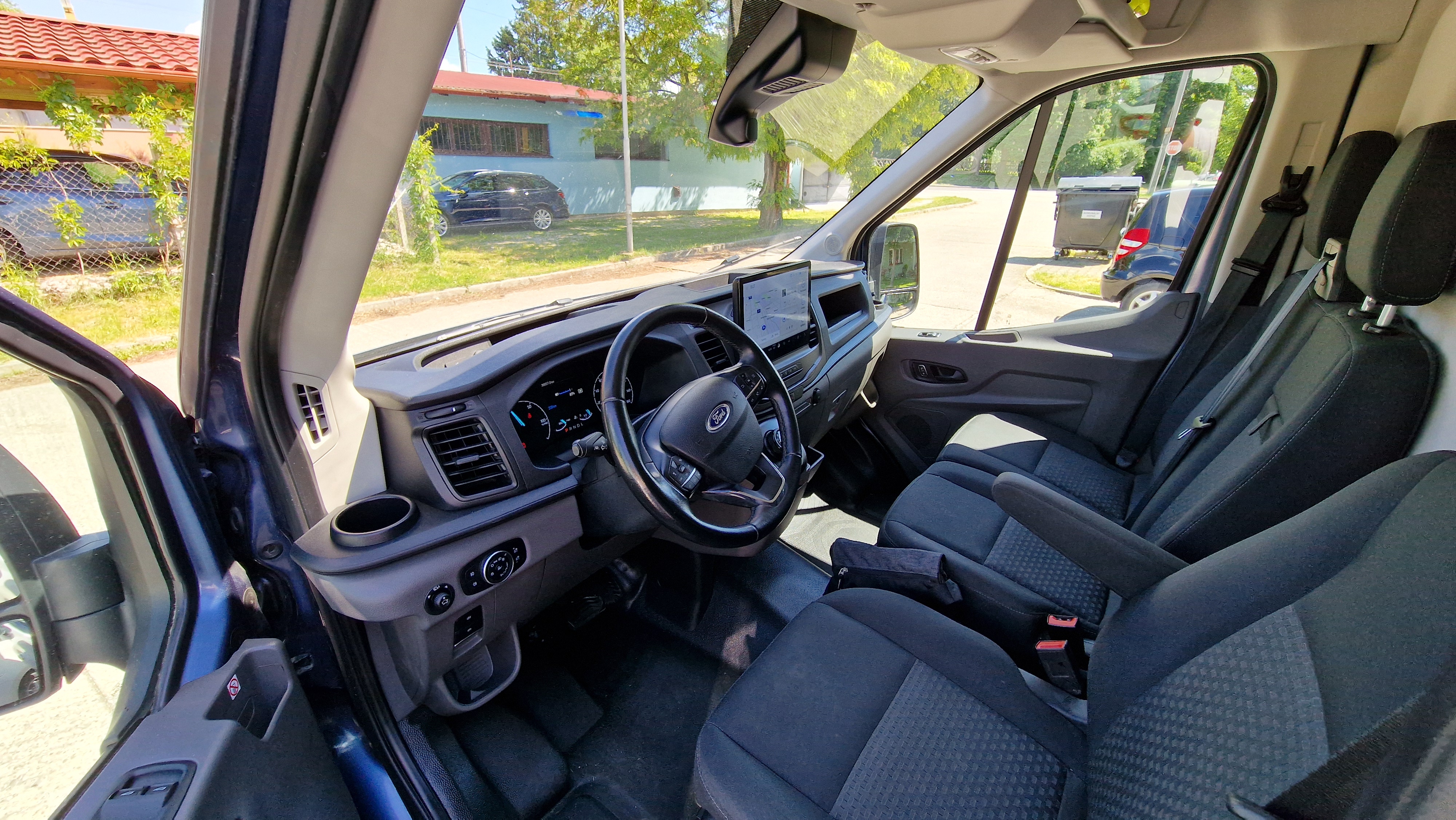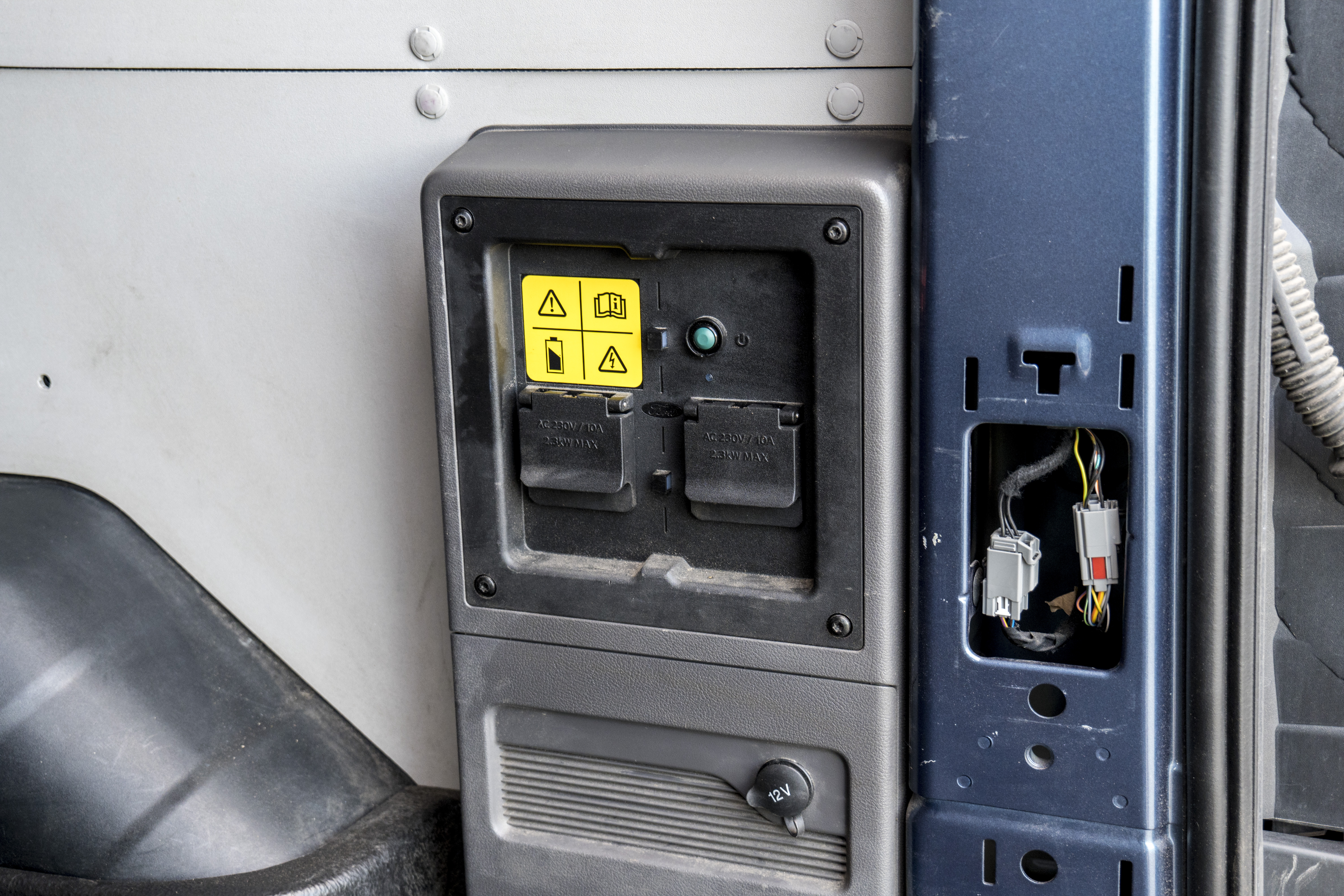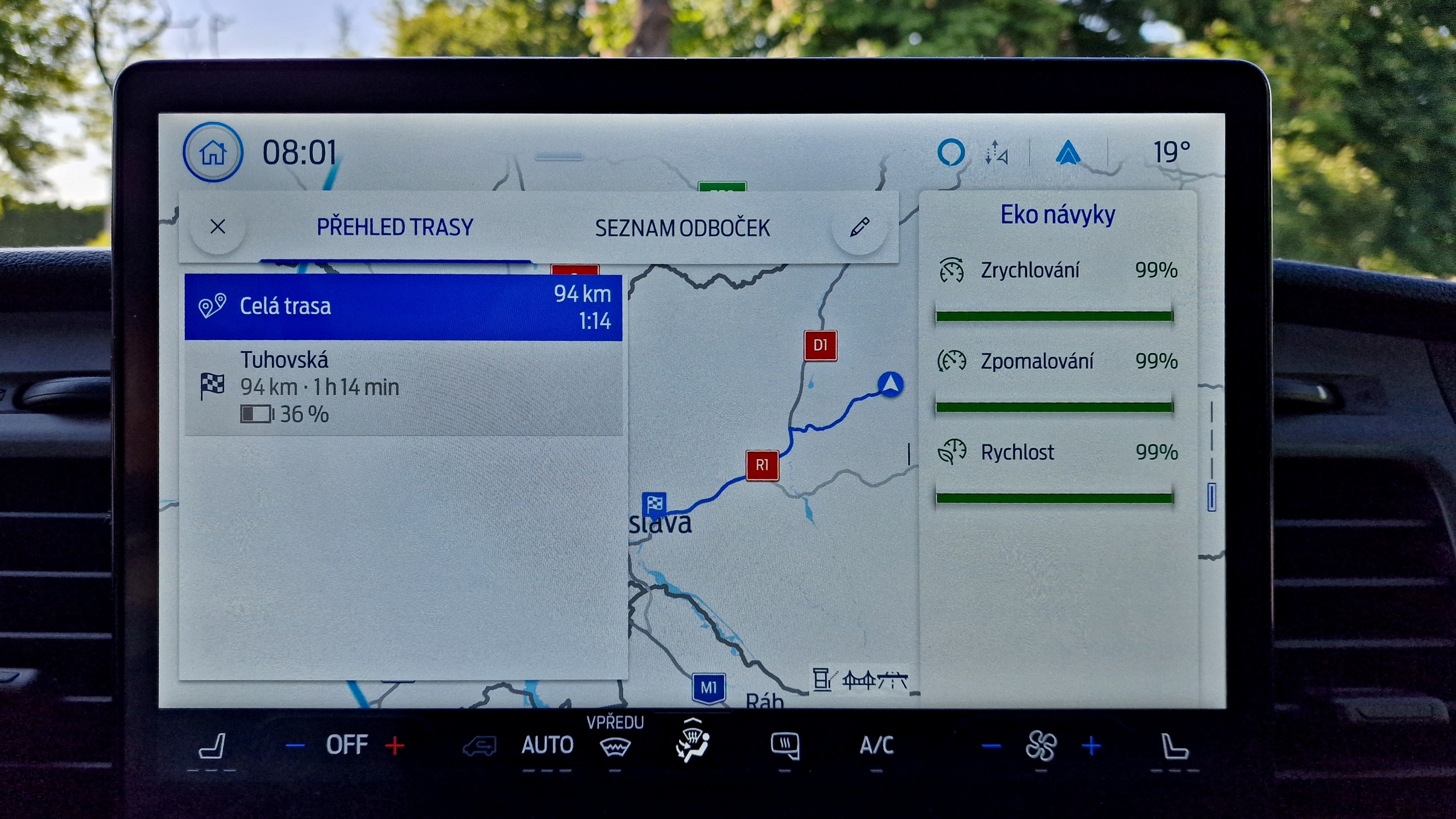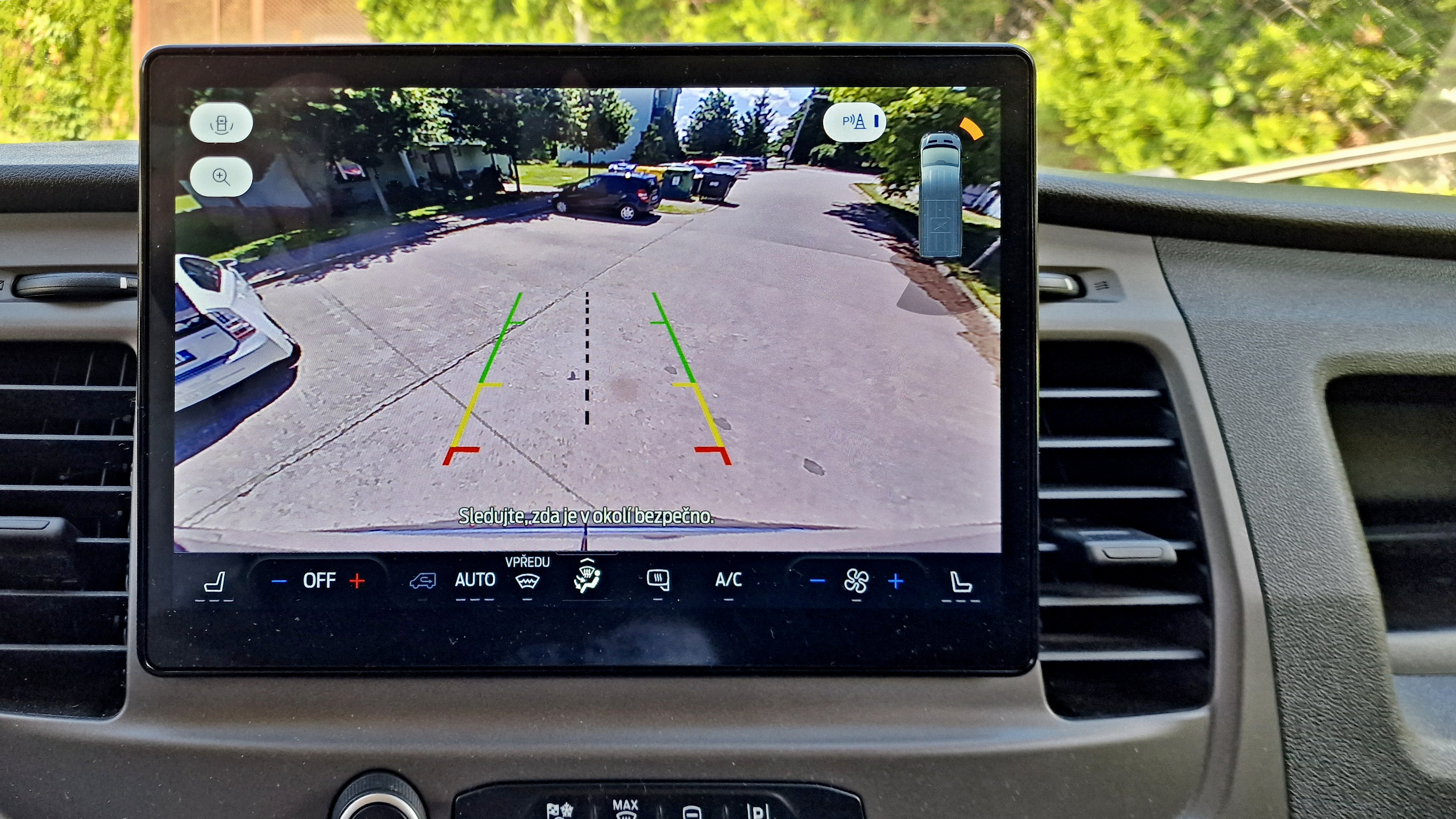Commercial electric cars and especially vans only really started coming to the market in the last two years. It’s not that the manufacturers didn’t know how to make them, but they had to wait a bit for some specifics to be resolved and especially for the batteries to reach a sufficient energy density to make sense.
The need for this category of electric cars increased after the pandemic, as the volume of online orders for goods of various kinds that needed to be transported increased rapidly. In electric vans, the biggest challenge is to balance adequate range and payload. Unlike passenger cars, which still have a smaller available area for installing the battery, the van has more than enough room. However, the problem is the weight, which comes at the expense of the payload. Ford manages to achieve a range of 232-256km depending on version in its latest Transit model, which is more than enough for most applications. Electric vans do not plan to compete with diesel vans, which drive thousands of kilometers per week across Europe. The main focus of electric deliveries is courier and delivery services, supply, transport of workers to the workplace and the like. That is, tasks that do not require a long range, but rather noiseless and emission-free operation in city centers, a more pleasant working environment for the driver and easier operation are valued here. The eTransit can be supplied with the Van body version in L3/H2 and L4/H3 length and height combinations and in all versions with 135 kW or 198 kW power. With the same performance, a Chassis version is also available, on which various superstructures can be installed. It is available in L3 and L4 lengths. In between, there is a two-cabin version with space for three more passengers and a shortened cargo space with L3/H2 parameters. The tested vehicle is equipped with a 67 kWh battery and rear axle drive with an output of 135 kW, 430 Nm and is in the body version L3/H2, which means an average length of 5981 mm and a height of 2443-2533 mm depending on the load. The cabin is equipped with a driver’s seat and a bench for two passengers, the cargo area is accessible through a sliding door on the right and a double door at the back. The battery can be charged with a built-in 11 kW three-phase AC charger or 115 kW DC charging.

The cabin is spacious, with lots of storage space

The optional Pro Power Onboard system offers 1 socket in the cabin and two at the back of the door with a voltage of 230 V and a total power of 2.3 kW
You can recognize the electric Transit from other motorizations basically only by the front mask with blue grilles and the eTransit inscription at the back. In the front mask, there is also a charging connector located below the logo, which is a very practical position, allowing you to charge from both sides of the stand without any problems. A little disappointing are the lights at the front, which still rely on incandescent bulbs. Especially considering that it is an electric car, one would expect LED technology. However, I can only praise. After getting into the cabin, you will find equipment that you would expect in a car. However, this is an established standard in Ford vans. The center of the dashboard is dominated by a 12″ display of the multimedia system working under the latest Ford Sync 4 system. It is characterized by very good navigation with range estimation and charging planning, simple operation and high-quality display. Two mobile phones can be connected to the system and it also supports Android Auto and Apple CarPlay.

The instrument panel is not fully digital, but it provides all the necessary information
Part of the equipment is a rear reversing camera, which is located right above the door, and thus provides an excellent, high-quality overview of the situation behind and around the car. On longer drives, the adaptive cruise control, which works from a speed of 30 km/h, keeps you in the driving lanes and monitors blind spots. An interesting addition is the optional Pro Power Onboard system, which includes a 230 V socket in the front cabin and a pair of 230 V sockets on the right rear panel. These are practically located if you need to power some tools or equipment from the vehicle, and provide a power of 2.3 kW. Despite the fact that we tested the weakest of the available engines, the car had enough power and flexibility when turning. A more powerful version will make sense if the vehicle will be operated more often in hilly terrain with full weight. The rear drive, including systems for maintaining traction and vehicle stability, is well managed. Thanks to the relatively large raid, the car is well maneuvered and the previously mentioned rear view camera provides an overview that some passenger cars can envy. The car is pleasant to drive and the working conditions for the driver are much better compared to regular vans. During the test, we drove with an average consumption of 24 kWh/100 km, including highway driving. In the districts and in the city, we achieved a consumption of 20 kWh/100 km.

The reversing camera is located above the door, so it provides a very good overview
Although the price tag of the vehicle is higher, it will make sense if it is used well and possibly connected to charging from renewable sources.

TESTY:
- Test consumption (kWh/100 km) 20-24-34
- Test range (km) 330
- AC charging power on 22 kW 3f charger (kW) 11
- Max. DC charging power UFC charger 350 kW (kW) 117
- Charging time 10-80% (min) 38
Specifications:
FORD Transit V363 MCA2 EV STD 184k (135kW) A1 – RWD, equipment: e-VAN Trend, body: VAN 350 L3 H2, battery: 67 kWh, electric rear axle drive: 135 kW, 430 Nm, charging: AC 3f 11 kW , DC 115 kW
PROS, CONS:
+ Equipment, driving characteristics, excellent reversing camera, remote access via the application, fast charging
– Incandescent lights only
- Price of the model from (incl. VAT): 75,108 EUR
- Tested vehicle (with VAT): EUR 79,608
Source: www.nextech.sk


